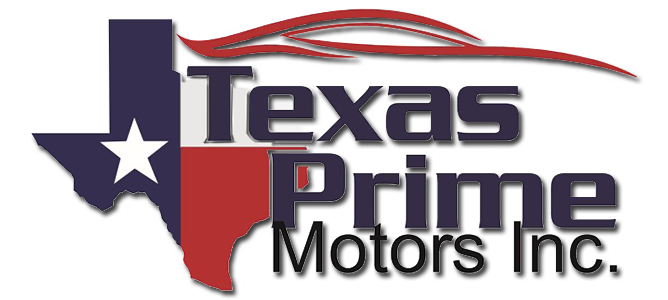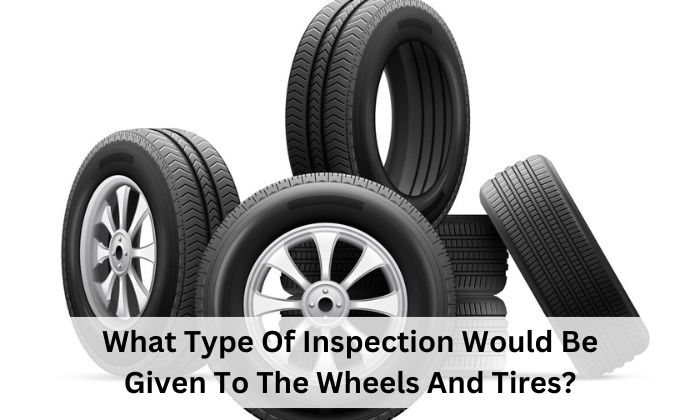Drivers need well-maintained tires. A tire safety check is essential whether you drive for fun or work. It may help you discover concerns before they become life-threatening. This detailed tutorial will help you evaluate your tires and get your car ready to drive. To ensure your tires are safe and dependable, we’ll cover all areas of tire care, from tread depth to sidewall inspection.
| Tire Inspection Procedure | Description |
| Visual Inspection | Check for damage, cuts, bulges, and cracks. |
| Check Tread Depth | Ensure tread depth meets safety standards. |
| Check Tire Pressure | Verify inflation according to the manufacturer’s recommendations. |
| Check for Uneven Wear | Look for patterns indicating alignment or inflation issues. |
| Inspect Valve Stems | Check for cracks, leaks, or other damage. |
| Repeat on all Tires | Perform the same checks on all four tires. |
What Is A Tire Inspection?
Tire safety inspections guarantee a tire is safe to use. This examination checks the tire for cuts, punctures, tread depth, and pressure.
Tire safety inspections look for faults that might endanger drivers and passengers. Regular tire inspections improve tire life and avoid tire failure incidents. At least once a year or whenever you suspect a problem, have a professional technician test your tires.
How Often Should You Check Tires?
Monthly tire safety checks are essential to maintain your tires. It would help if you had a professional technician test your tires once a year or whenever you detect a problem. Remember that frequent tire safety checks may improve tire life and decrease tire failure incidents.
If your tires are over six years old or show peculiar wear patterns, get them evaluated by a professional. Check your tires for damage after lengthy journeys or heavy usage to ensure safety.
Why Tire Inspections Matter
Your tires are safe and in excellent condition with regular inspections. Road performance may be affected by tire wear and tear. Wear and tear might raise the likelihood of tire failure or traction loss incidents. Regular tire safety checks may detect flaws before they become a danger.
Additionally, frequent tire safety checks may avoid premature tire wear. You may save money and prolong the life of your tires by diagnosing and fixing problems early. Well-maintained tires enhance gas economy and ride quality.
Vehicle maintenance requires regular tire safety checks. A qualified technician can diagnose tire faults and suggest tire maintenance. Maintaining your tires helps keep you and others safe on the road.
Tire Inspection Procedure
Steps to lead a tire safety check are usually helpful. Thus, your tire checks are comprehensive and consistent. Therefore, perform these tire safety check steps:
- Visual Inspection: Check tires for punctures, cuts, bulges, and cracks. Sidewalls, treads, and between treads should be checked.
- Tire Depth: Use a tire depth gauge or penny test to assess tread depth. Tires with tread depths of less than 2/32 inches may be harmful and require replacement.
- Check Tire Pressure: Use a gauge. Put the tires at the pressure indicated in the owner’s handbook or the driver’s door jamb decal.
- Check for Uneven Wear: Check for uneven tire wear by running your hands over the tread surface for patterns, inversions, or bare areas. Bald areas suggest suspension, under- or over-inflation, or wheel misalignment.
- Valve Stems: Look for cracks, splits, leaks, and other damage. Replacement is required for damaged valve stems.
- Repeat on all tires: Follow these instructions on all four tires. Check the spare tire.
Checking your tires regularly may help maintain your car and increase its lifespan. Tire inspection guarantees roadworthiness and vehicle safety. Any problems should be evaluated and corrected by a professional.
Checklist For Tire Inspection?
A tire safety inspection checklist lists elements to check during a visual tire examination to guarantee safety. This checklist includes elements pertinent to the whole inspection procedure. A tire safety inspection checklist makes the examination quicker, easier, and more convenient. It will also assist in guaranteeing a complete and accurate assessment.
Tire Safety Inspection Checklist: What To Include?
A tire inspection checklist includes things for assuring tire safety and condition. an inspection checklist should contain these items:
- Tread depth: Use a gauge to measure tire tread depth. The minimum permissible tread depth is 2/32 of an inch; however, experts suggest changing tires to 4/32 or less.
- Tire pressure: Check using a gauge. The owner’s handbook or driver’s side door jamb tire placard lists the appropriate tire pressure. Inflate all tires as indicated.
- Wear: Check tires for uneven wear, bulges, cuts, and punctures. A professional should inspect unusual wear.
- Tire sidewalls: Look for cracks, bulges, and other deterioration. Tire replacement may be needed if sidewall deterioration occurs.
- Wheel alignment: Make sure the tires are aligned. Wheel misalignment affects tire wear and handling.
- Lug nuts: Ensure the nuts are tightened to the manufacturer’s suggested torque. Driving with loose or missing lug nuts might cause wheel removal.
- Spare tire: Inflate and inspect the spare tire.
- Tire age: Check the sidewall date code. A professional should evaluate and replace tires over six years old, even with acceptable tread depth.
Conclusion
You are responsible for vehicle and passenger safety. Tire safety inspections take minutes but may make or break a trip. A low-code platform can automate tire safety inspection checklists to keep your vehicle road-ready.
FAQs
How Often Should I Conduct A Tire Safety Inspection?
At least once a month, check your tires for safety after lengthy excursions or if you suspect a problem.
What Should I Do If I Notice Unusual Wear Patterns On My Tires?
A technician should evaluate your tires if you discover uneven wear, bald areas, or other issues. These concerns may suggest wheel alignment, tire pressure, or suspension issues.
Can I Perform A Tire Safety Inspection On My Own?
Following detailed tire safety check instructions, you may thoroughly examine yourself. To do more extensive examinations or identify significant concerns, visit a professional technician.

